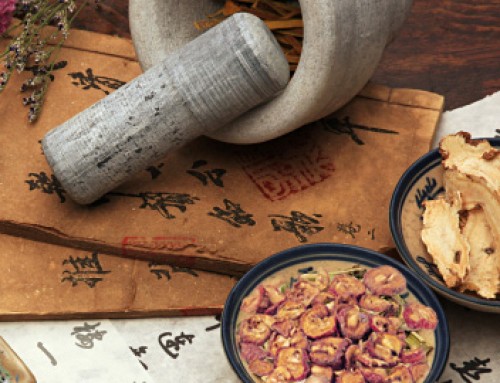防己
Tetrandra root (Fangji)
Pharmaceutical Name: Radix Stephaniae tetrandrae
Botanical Name: 1. Stephania tetrandra S. Moore. 2. Cocculus trilobus (Thunb.) DC.. 3. Aristolochia fangchi Wu et L. D. Chou et S. M. Hwang
Common Name: Stephania root, Tetrandra root
Source of Earliest Record: Shennong Bencao Jing
Part Used: The roots are dug in autumn. After the root bark has been removed, the roots are cleaned, dried in the sun and cut into pieces or slices.
Natural Properties & Taste: Bitter, pungent and cold
Meridians: Urinary bladder, kidney and spleen
Therapeutic Effects:
1. To dispel wind and dampness.
2. To stop pain.
3. To relieve edema
Indications:
1. Wind-damp obstruction syndrome or damp-heat obstruction syndrome. Tetrandra root (Fangji) is used with Coix seed (Yiyiren), Talc (Huashi), Silkworm excrement (Cansha) and Chaenomeles fruit (Mugua).
2. Cold-damp obstruction syndrome. Tetrandra root (Fangji) is used with Cinnamon twigs (Guizhi) and Prepared aconite root (Fuzi).
3. Edema: a) edema with heat signsTetrandra root (Fangji) is used with Lepidium seed (Tinglizi) and Zanthoxylum (Jiaomu) in the formula Ji Jiao Li Huang Wan. b) edema with signs of weakness of the spleenTetrandra root (Fangji) is used with Astragalus root (Huangqi) and White atractylodes (Baizhu) in the formula Fangji Huangqi Tang.
Dosage: 5-10 g
Cautions & Contraindications: This herb is contraindicated in cases with deficient yin.






